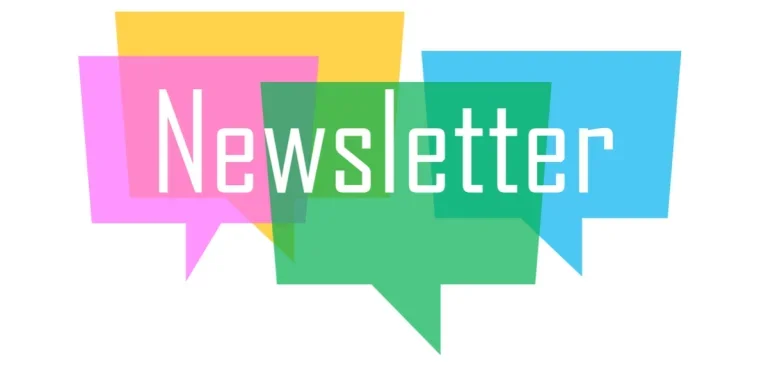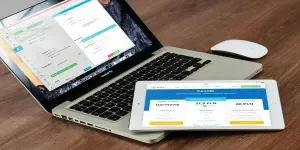Business isn’t always about seriousness and formality; retailers should in a way think of their audience as their friends. As such, they should aim to talk to them often to maintain the connection. For example, if a customer shows interest in a product or business but the sales reps/owners don’t respond quickly enough, it’s likely they’ll lose interest and move on.
That’s where email newsletters really shine. When customers or readers sign up for emails, they’re explicitly stating that they want to hear from the business or personality on the other end. They may be seeking a host of different information, including updates about the business, tips on new trends, news on the latest technologies, recent happenings, etc.
Here, we’ll look at how businesses can benefit from this relationship through the writing and promotion of attention-grabbing newsletters.
Table of Contents
What are email newsletters and why are they important?
How to write an attention-grabbing newsletter
5 email marketing strategy ideas
How businesses can best promote their newsletters
Final words
What are email newsletters and why are they important?
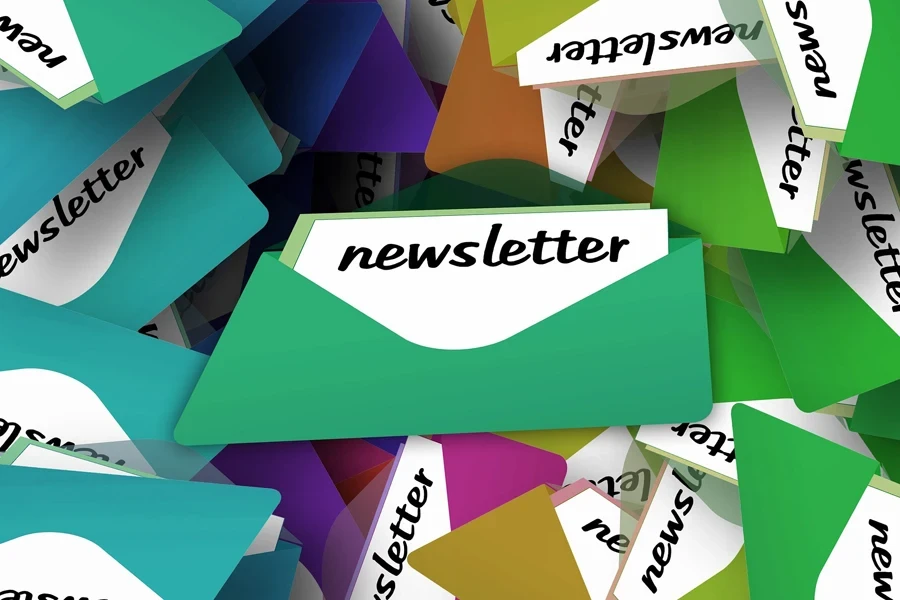
Writing a newsletter is similar to creating blog posts: they should draw in and engage your target audience. Newsletters, sent to potential customers and those already on a business’s email list, should aim to have a personal feel and be tailored to each recipient as much as possible. Newsletters can be text only, or links, audio, videos, pictures, and GIFs can be added to make them more engaging.
People often say that a retailer’s email list is the real money, and they are right. A study by Email Monday found that brands can get up to 380% return on investment just by keeping their subscription list organized and put to good use. In theory then, for every $1,000 a business spends on building and running a good email campaign, they might get $3,800 back.
But to achieve such significant ROIs, retailers must put in sizable effort, building their email list in an organic way, taking care of the people on that list, and converting them into loyal customers.
How to write an attention-grabbing newsletter
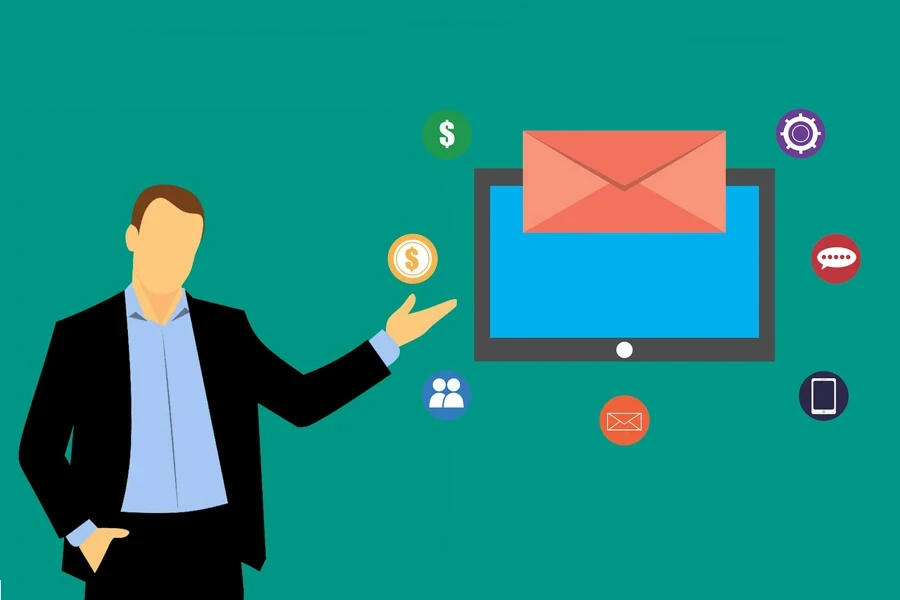
Newsletters have been found to have an average open rate of 21.73%, demonstrating that far from everyone on a business’s list is likely to read what they receive. So, how can brands get more people to open and read their emails? Below, we’ll look at four key tips:
1. Open with a killer subject line
What’s the first thing that makes someone want to read a book or blog post? Probably the title or headline. Headlines are so important in fact that famous copywriter David Ogilvy said they’re worth 80 cents of a dollar. If the headline doesn’t grab the reader’s attention, brands have missed the best chance to engage them.
For newsletters, the subject line is like the headline; it must be interesting and eye-catching to make subscribers curious enough to open and read it. Remember, in many inboxes, subscribers can only see a limited number of characters before the text cuts off, so always put the most important part at the beginning.
One way businesses can create amazing subject lines is by adding urgency. These include headings like: “Set your alarm for our sales event!” or “Counting down the hours…50% off won’t last.” Holidays are also a great angle, for example: “#NationalDrinkWineDay—15% off your favorites!” and “Cyber Monday madness – Everything is on sale!”
More importantly, avoid words that might trigger spam filters, which will guarantee potential consumers and subscribers won’t ever see them.
2. Create amazing email copy
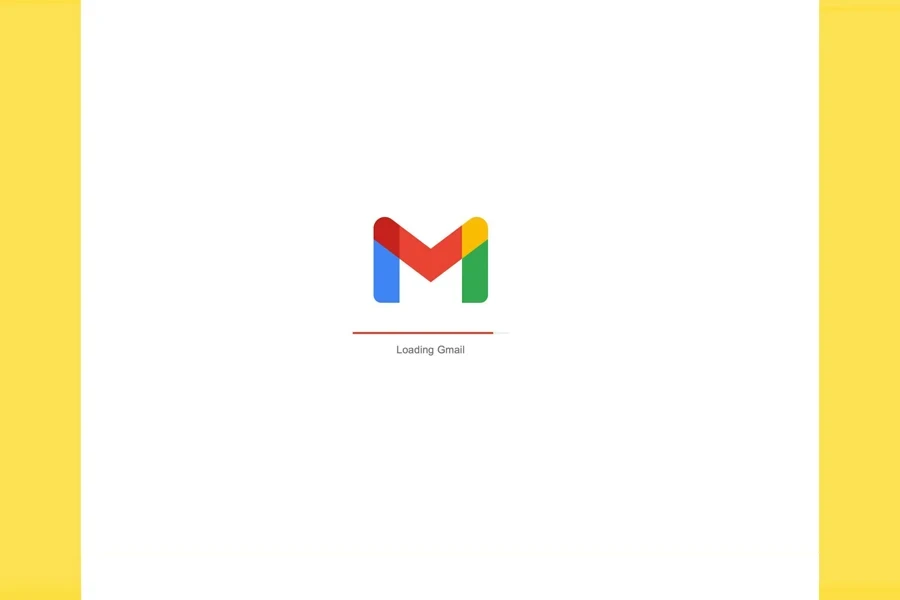
What is great email copy? Writing that is simple, clear, and makes people want to take action. Businesses need great copywriting to sell customers products and services that they see can benefit them, not the retailer. If you want your prospective customers to read your newsletter, it’s best to make it about them.
Therefore, rather than talking about the company’s history or how great the business is, focus on what customers will find valuable. Will they think it’s worth their time enough to read or click on to learn more? When writing, always ask, “Does this help my potential customer?” If the answer is no, leave it out of your copy.
Amazing copywriting puts the focus on the customers. It also uses storytelling to create emotional connections that everyone can relate to. A good story should always attract a person’s attention, no matter their background.
3. Don’t ignore mobile

The majority of people no longer check their email on laptops or computers – instead, people mostly use their smartphones. For this reason, brands must design their newsletters to be easy to read on phones, tablets, or other mobile devices.
4. Add alt text to images

There are many ways to make emails easier for everyone to read, but here’s a simple tip: add alt text to images. Alt texts are short descriptions added to each image in a newsletter (most email platforms let senders add alt text when inserting images). Think of it like subtitles for a TV show – alt text is what a screen reader will say aloud for someone who can’t see the image.
The description should be simple as well as describe the image correctly. Alt text is also great for readers who disable images as it can help prompt readers to enable them to see the full email.
5 email marketing strategy ideas
Now that you know how best to craft a newsletter, it’s time to explore what exactly you should write about with these five newsletter content ideas:
Welcome series

Welcome series are effective because they help prospects learn about your business and how specific offers can help them. It’s an easy way for companies to keep their businesses in the target’s mind. Consider sending a welcome series over a run of consecutive days, plus newsletters once or twice a week.
Holidays and observances
There are many global events and national holidays businesses can use as themes for their newsletters. The focus should be on entertaining, educating, and inspiring readers. It could include helping them find the perfect holiday gift, sharing funny stories or jokes related to events, or highlighting an inspirational quote to connect with customers and show business values.
Holiday newsletters are even better when businesses combine them with a promotion. And, if businesses are hosting an event like a special class or an open house, sending an email newsletter with a description and link to the event invitation is a quick way to spread the word and encourage participation.
Company news
Businesses can help subscribers get to know them better by sharing company updates in their email newsletters. These updates could be about new products or services, behind-the-scenes looks at business changes, or updates about the team. Think about what would be interesting and valuable to readers.
Remember, newsletters don’t have to be perfect. Using bullet points for company updates can make it easier for brands to write and for subscribers to understand the information quickly.
Products or service guides
Brands can also send a helpful guide on using their products or services. However, the format these guides take will depend on the business. For example, companies whose products relate to software might want to make a video guide, or if they offer handmade products, they will probably want to include pictures. These guides can help prospects solve their problems and boost the chance of them becoming paid customers. Another angle is sending an email newsletter with creative and unexpected ways people can use products or services.
Special offers and discounts
Sometimes, giving email subscribers a special sales deal can help bring back customers who haven’t visited the business in a while. Brands can also encourage them to share the offer with family and friends. Offering “exclusive” deals just for subscribers can keep people subscribed and make them more likely to open emails instead of deleting them.
How businesses can promote their newsletters
After publishing their launch post, brands must spread the word about their newsletter. Readers won’t just find an audience magically – hey have to work to build their email list.
Publish and share personal networks

Businesses can share their launch post with their networks. Tell them about their newsletter and ask them to share the post with others, too. Family, friends, and former colleagues can give personal recommendations, and their support from the beginning could help business owners get more subscribers for their newsletter.
Promote on social media channels
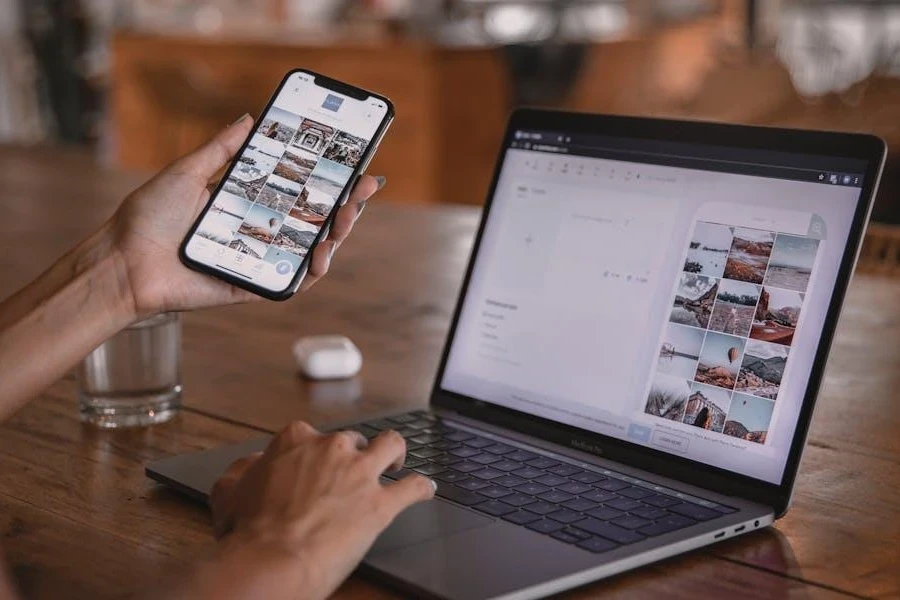
Brands can also experiment with different ways of sharing on platforms. For example, on X, try using threads where retailers can break down their message into a few tweets and include a link to the full post at the end. On Instagram, use stories with a link sticker.
For Facebook, businesses can use short videos (no longer than 30 seconds) explaining why prospects should sign up for the newsletter, and include a link in the description. Keep trying different things until business buyers find social media formats that bring people to their sites and turn them into readers.
Tag social media profiles with links
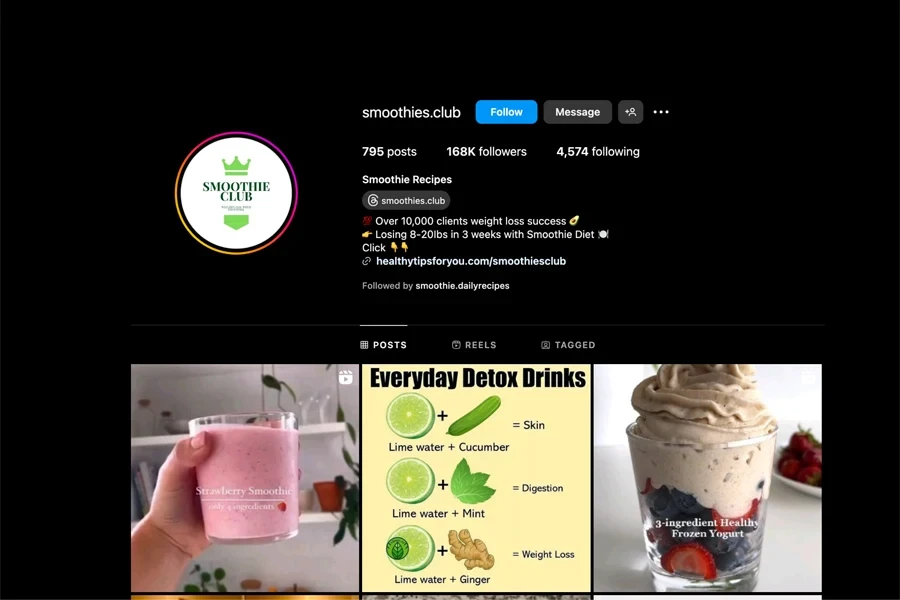
Business buyers must also put the link to their newsletter in the bio of all their social media profiles. If they want to direct people to more than one place (like a personal website or sales page), brands can use tools like Linktree or Pico to create a bio link. These links will showcase their newsletter along with those other links.
Final words
Newsletters are a great way for businesses to keep in touch with consumers. As a one-directional form of communication, brands can use newsletters to update customers on changes to the company or new products. By following the four tips outlined in this article, crafting the perfect newsletter and promoting can lead to exciting opportunities to connect with your buyers in 2024.
For many more guides on how to improve your business, make sure to subscribe to Alibaba.com Reads.
